
Celebrate Herstory: Nominate Inspiring Women in Plant Biology for Recognition!
Blog, CommunityIn honor of US Women’s History Month, the Women in Plant Biology Committee of the American Society of Plant Biologists (ASPB) is thrilled to celebrate the remarkable women who have shaped and continue to shape our field. We’re calling on YOU to nominate exceptional women plant scientists, both past…

An Interview with Gözde S. Demirer: Plant Genetic Engineering Tools for the 21st Century and Beyond
Blog, Community
Dr. Gözde S. Demirer (X: @Demirer_GozdeS) obtained her Bachelor’s degree in Chemical and Biological Engineering from Koç University in Turkey, before moving to the University of California Berkeley for her PhD. There, she worked on the development of carbon nanotubes as tools for the genetic…

An Interview with Leonie Luginbuehl: Asking the “Carbon Questions” in Plant-fungal Symbioses
Blog, Community
Leonie Luginbuehl (X: @l_luginbuehl) is an Assistant Professor at the University of Cambridge in the UK. Prior to her current position, she was a PhD student in the lab of Prof. Giles Oldroyd at the John Innes Centre in Norwich, where she discovered the role of the transcription factor RAM1 in regulating…

An Interview with Liana Acevedo Siaca: Measuring Photosynthesis Under Real World Conditions
Blog, Community
Dr. Liana Acevedo-Siaca (X: @Liana_Ace) is currently a post-doctoral researcher in the Plant Research Laboratory at Michigan State University. She obtained her PhD from the University of Illinois at Urbana-Champaign, under the supervision of Prof. Stephen P. Long, within the framework of the Realizing…
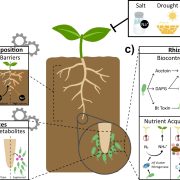
Review: SynBio takes on roots and the rhizosphere
Plant Science Research WeeklyThis is an excellent introduction to how synthetic biology can be used to program plants for climate resilience by engineering them to respond predictably and in ways beyond those that evolution has explored, through the use of controllable synthetic gene circuits. Ragland et al. describe how precise…
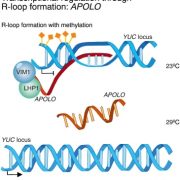
Review: Long noncoding RNAs and the art of being influential without protein
Plant Science Research WeeklyAdvances in sequencing technologies have led to a tremendous growth in the number of long noncoding RNAs (lncRNAs) being identified in plants, but identifying their function lags behind. Here, Ramirez Gonzales and Blom et al. draw on lessons from studies in mammalian systems and highlight several known…
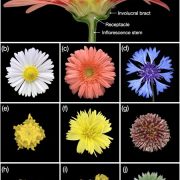
Review: Development and evolution of the Asteraceae inflorescence
Plant Science Research WeeklyAsteraceae, also known as Compositae or the daisy family, is one of the largest plant families and comprises 10% of all flowering plants. Members of this family are found in habitats worldwide. The unique inflorescence, called a capitulum, is a key innovation of the family and contributes to its success.…
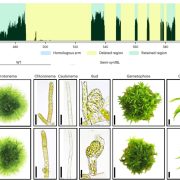
Moss phenotype unaffected by removal of repetitive sequences from genome
Plant Science Research WeeklyGenome complexity in multicellular organisms is often associated with repetitive sequences from Transposable Elements (TEs). TE function, importance for genome integrity, and dispensability have not been completely characterized. In prokaryotes and simple eukaryotes, genome synthesis (production of…
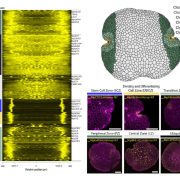
The Marchantia transcription factor atlas
Plant Science Research WeeklyMarchantia’s power as a model organism continues to grow! Here, Ramoni et al. have investigated the expression pattern of the proximal promoters of most of its 450 transcription factor (TF)-encoding genes. The promoter elements were fused to nuclear-localized fluorescent reporters and introduced into…

